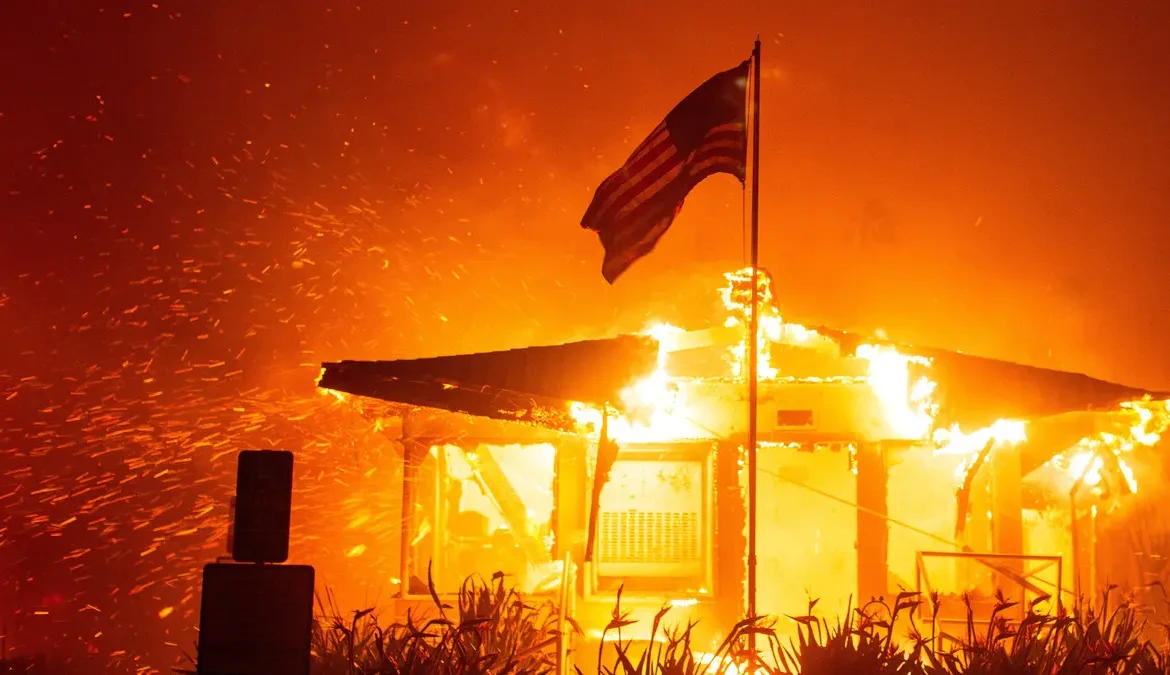California Home Insurance Program Faces $1 Billion Shortfall
The California Department of Insurance has announced that the state’s FAIR Plan, which provides coverage for homeowners unable to secure private insurance, requires an additional $1 billion to cover claims related to the devastating wildfires in Los Angeles.
Understanding the FAIR Plan
The FAIR Plan, known as the Fair Access to Insurance Requirements Plan, is a shared insurance pool where all major private insurers participate. It offers policies to those whose properties are considered high-risk, thus ineligible for standard coverage. These policies come with high premiums and basic coverage. By 2024, the FAIR Plan had issued over 452,000 policies, more than doubling the number from 2020.
Financial Implications
The cost of this shortfall will be shared; half will be absorbed by major insurance companies, while the remainder can be passed onto all policyholders through a one-time surcharge based on a percentage of their insurance premiums. This surcharge requires approval from the state’s insurance administration.
Historical Context
This is the first time in over 30 years that the FAIR Plan has requested additional funding, highlighting the severity of the current situation.
Impact of Recent Wildfires
The Eaton and Palisades fires, which erupted on January 7, resulted in the destruction of nearly 17,000 structures and claimed at least 29 lives, putting unprecedented strain on the FAIR Plan’s resources.
Looking Ahead
The request for extra funding underscores the growing challenges of insuring properties in areas prone to natural disasters. It also raises questions about the sustainability of current insurance models in the face of increasing climate change impacts. Homeowners, insurers, and policymakers must consider long-term strategies to mitigate risks and ensure coverage continuity.
This situation in California could set a precedent or serve as a warning for other states facing similar issues with natural disaster insurance. Stakeholders are watching closely to see how the state navigates this financial shortfall, with potential implications for insurance policy and disaster management nationwide.




